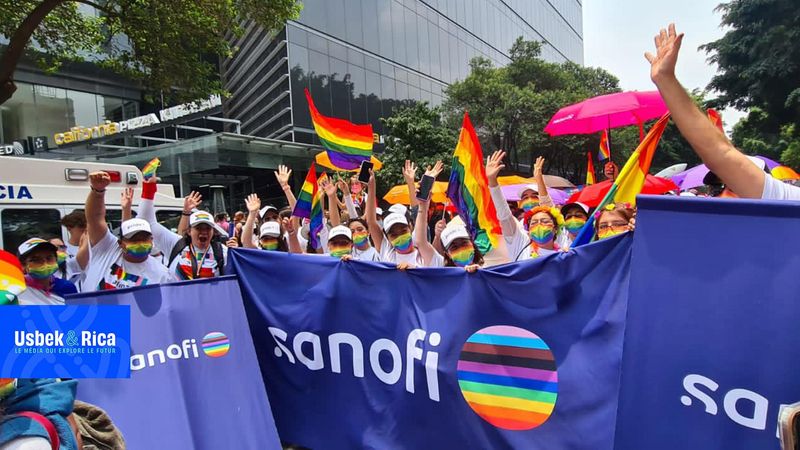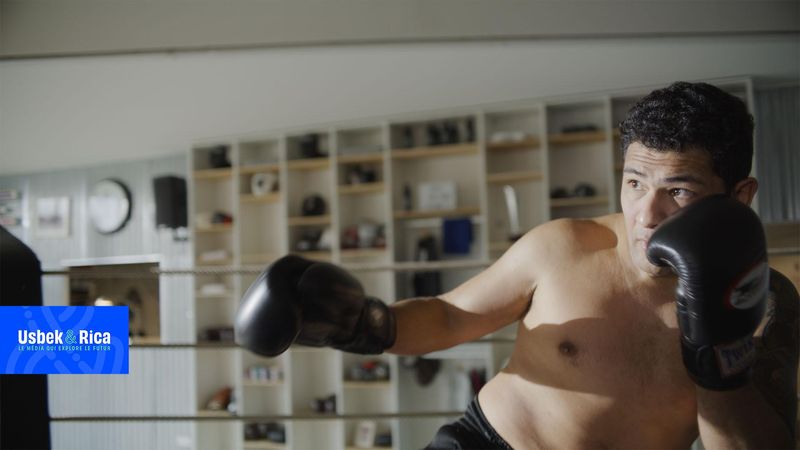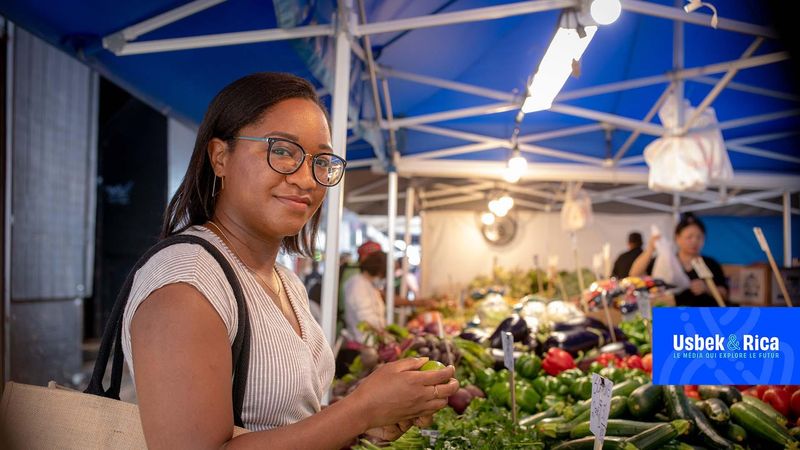Fighting for Inclusion: Is the industry of the future a response to the quest for meaning and the challenges of inclusion in our society?
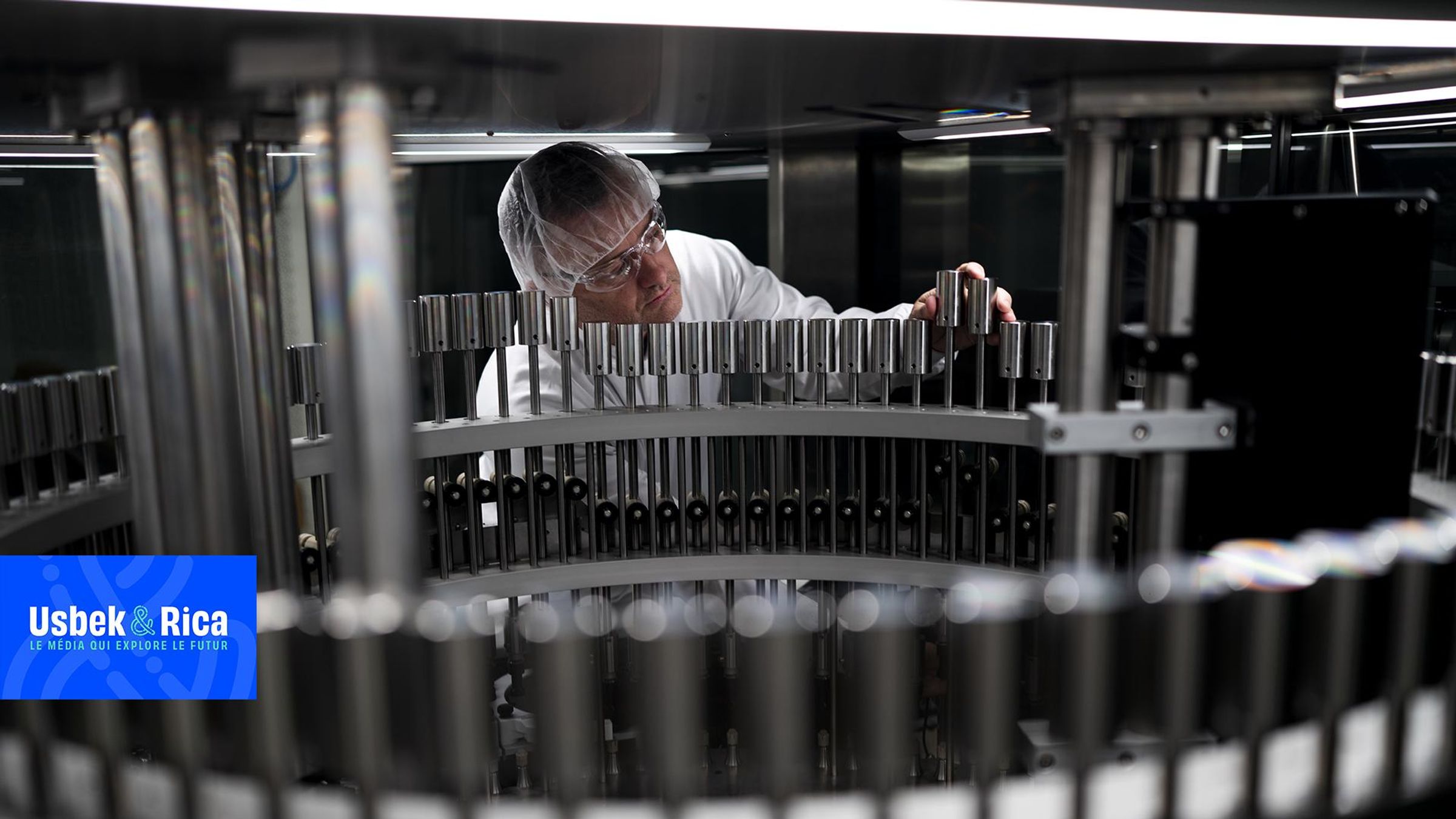
If you compare factory to inclusion, what do the terms have in common? Before we met Ana Alves, Director of Industrialisation for mRNA vaccines at Sanofi, we were wondering the same thing. The answer lies in the climate and health crises, the quest for meaning and the robotisation of industry. Here, we tell you all about it.
"The French don't like their industry", declared President Pompidou in 1973. That statement must have had Colbert and Louis XIV, the pioneers of French savoir-faire, turning in their graves. But history has proved Pompidou right. France has become de-industrialised, and today industry accounts for just 13 % of France’s GDP.
The Covid-19 crisis has been a cruel reminder of how anaemic French industry has become, with its dependence on other countries for growth and its lack of diversity. Women’s share of the work force is stagnating at barely 30%, with machinery unsuitable for women and people with disabilities. The pandemic has nevertheless accelerated change, with the digital revolution planting seeds within industry, and providing some food for thought.
After the fantasy of an automated and ultra-connected Industry 4.0, the sector, in the light of the climate emergency and the health crisis, has moved on to a more mature vision of the factory of the future: pared down, more inclusive and more diverse. Reindustrialisation is underway. Equipped with digital twins, cobotics and even AI, it intends to attract younger, more varied profiles. The hope for Sanofi, and for other players in French industry, is to respond to the wave of post-Covid resignations and to the quest for meaning at work, which is affecting all players in the economy.
Everything is new in the factory
Ana Alves' career is a good metaphor for this sea change. During Covid, she found herself on the front line. In Compiègne, Picardy, she ran the factory that produced paracetamol, then prescribed as first aid during the first hours, weeks and months of the pandemic. She now manages the Neuville sur Saône industrial site near Lyon, which is due to house the group's first scalable production unit.
In practice, the plant will be able to produce three to four different vaccines simultaneously. A similar production unit is due to be built in Singapore. As well as managing the project, known as the EVolutive Facility (EVF), Ana Alves has been promoted to the role of Director of Industrialisation for mRNA vaccines. In so doing, Sanofi is paving the way for its vision of the factory of the future and has invested "close to a billion euros" in the construction of the two production units.
What will this factory of the future look like? And what was the problem? "The automation of tasks brought about by cobotics now makes many arduous jobs much more user-friendly," says Ana Alves. "We are also incorporating ergonomics into the design of every new production unit, so that factory jobs are accessible to as many workers as possible." In a career spanning over 25 years, this is the first time she has seen such a change. "Ergonomics, hardship at work and work-life balance have now become part of the conversation".
The machines, equipped with automated functions, have made working nights and weekends redundant. "This is all the more important at a time when we need to attract more workers," she points out. Automation is not the only technology to find its way into the factory. For some years now, virtual and augmented reality have been part of the industry's new training aids. It's a painless way of training, with an empirical dimension. "It's a lot easier to understand how equipment works", she adds. Augmented or virtual reality, and digital twin such as process simulation, now allow prospective users to learn both theory and practice.
In order for the industry to have a future, it has to be sustainable.
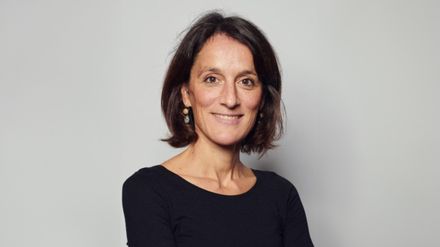
Ana Alves
Head of Evolutive Facility and Manufacturing & Supply, Neuville
Several pilots on the plane
"I think that in the near future we won't have operators but production tool pilots," says Ana Alves. "In the past, the management positions in pharmaceutical plants were either filled by engineers or pharmacists". The latter are no longer in the majority and are being replaced by people "who, even if they're not experts, can use the tools and know how to lead a team". The environment is changing very rapidly. "No more thinking: I don’t fit in the industry".
Along with this race for talent, Sanofi is also working to meet the growing desire of employees to find meaning at work. In recent years, CSR policies have played an increasingly important role within large companies, in response to the demands of both customers and employees. The pharmaceutical industry is also driving the green transition: "In order for the industry to have a future, it has to be sustainable".
Alongside climate awareness, the Covid crisis has brought the idea of production and factories back into sharp focus. "During the first wave of the pandemic, we saw two types of reaction. Some people were terrified, while many others felt they were called to a mission: if I don't come through, who's going to do it for me?" recalls Ana Alves.
When Ana Alves talks about diversity, she might mean something beyond mere inclusion, which has now become mainstream. "By diversity, I also mean diversity in our teams, because it's emblematic of the world we live in", she says with a smile. Diversity today means that it is thriving and political (in its original meaning), and at the heart of people’s needs.
Explore more

December 1, 2023
